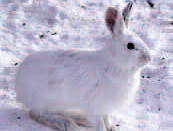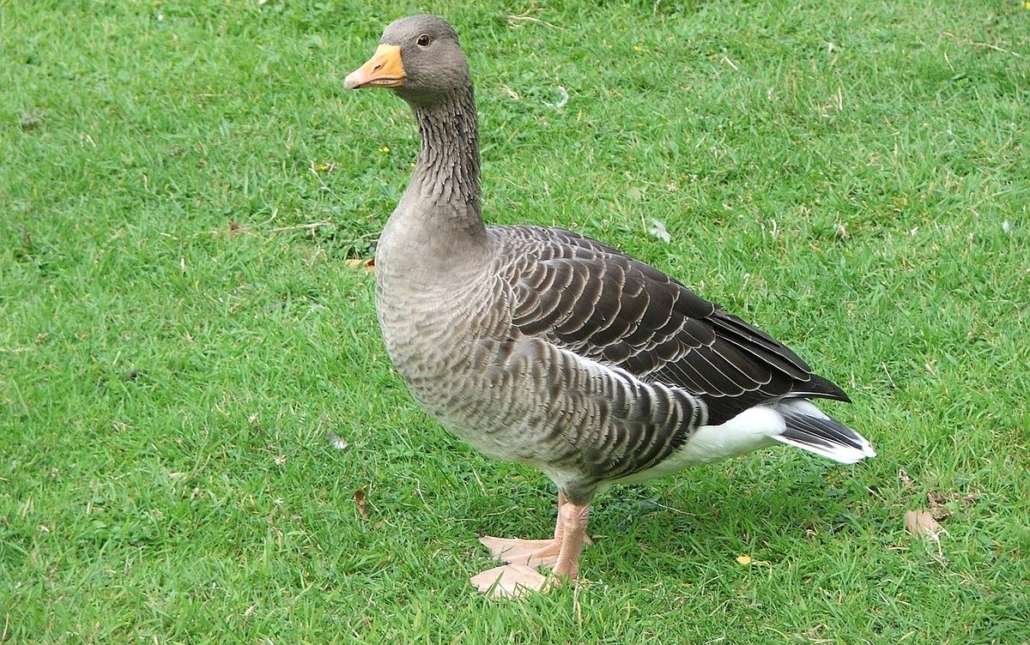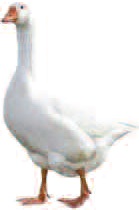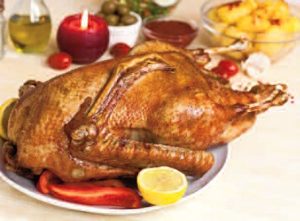SCORES & OUTDOORS: Crows v. Ravens: is there a difference?
 SCORES & OUTDOORS
SCORES & OUTDOORS
by Roland D. Hallee
If you remember, a couple of weeks ago I wrote about all the birds that have been coming to our feeders, and I compared the situation with the Alfred Hitchcock thriller film, The Birds. Well, I have another chapter in that episode. I have noticed recently the high number of crows, or ravens, that have been hanging around my house. Just the other day, I saw seven of them sitting in my pine trees in the backyard. They are huge birds.
Just to draw a comparison, there was a gray squirrel – either Martha or Stewart, my resident squirrels, are pretty good sized squirrels – on one of the other branches, and these birds made it look like a field mouse. The squirrel was dwarfed by these birds. They were also licking their chops. However, the crows’ stout bill is not strong enough to break through the skin.
Later that day, while driving by the park that is located at the end of my street, there were about two dozen of these birds feeding on the banking that was bare of snow.
Where are they coming from? And are they crows, or ravens like some people are calling them?
Well, to cut to the chase, crows have a fan-shaped tail, while ravens’ tails are wedge-shaped. The birds I’m looking at have a fan-shaped tail. Obviously, there are a few differences between the two species. Most of the differences are noticeable when the two are together. However, crows will assemble in large flocks, while ravens tend to be solitary, until the fall migration.

Crow, left, and Raven. Note the position of the tail feathers. The crow’s are fan-like, while the Raven’s are wedge-shaped.
Both the crows and the ravens are highly intelligent birds. Perhaps the most intelligent. The two can learn to imitate a variety of sounds, including the human voice. Recent research has found crows not only use tools, but also tool construction. Their intelligence quotient is equal to that of many non-human primates.
There is a story that indicates crows know how to count. The story has not been substantiated, but it goes like this. Three hunters enter a hunters’ blind. They wait, the crows know they are in there. The crows don’t move. Two hunters leave the blind, and the crows still don’t move. Once the third hunter leaves, the crows know they are gone and resume their normal activity.
Crows also have a good memory, remembering where there is danger, and where their cache of food is for later consumption.
Predators include owls and hawks. Crows will gather together to move an offending or intruding owl or hawk. However, West Nile disease has been taking its toll on crow populations.
A couple of years ago, while fishing on Webber Pond, my wife and I noticed a large flock of crows headed for a tree that sat on a point. Apparently, a bald eagle was intruding on a nest. The crows mobbed the eagle and drove it off. That was interesting to watch.
So, taking all these things into consideration, the large black birds hanging around my house are crows. But the question as to where they come from and why they are hanging around, has not been answered. In the past, I have seen massive numbers of crows fly overhead in late fall. But they continue in a northwesterly direction, darkening the sky as they passed. This year, they are making themselves right at home around my house.
I will continue to investigate.






